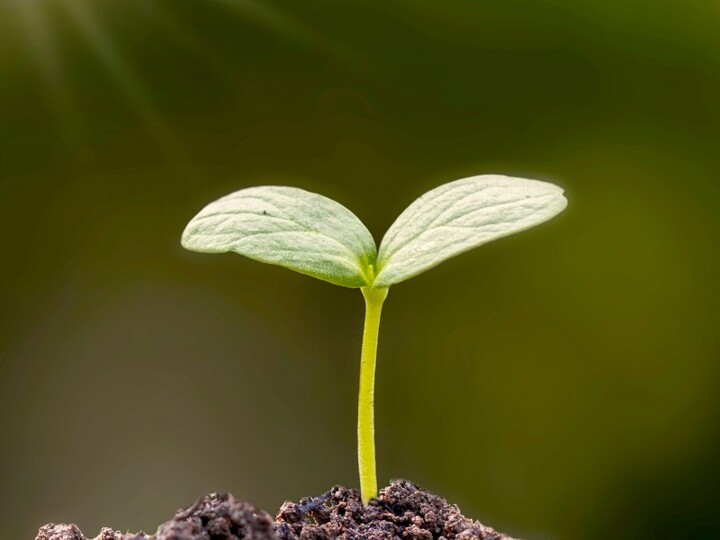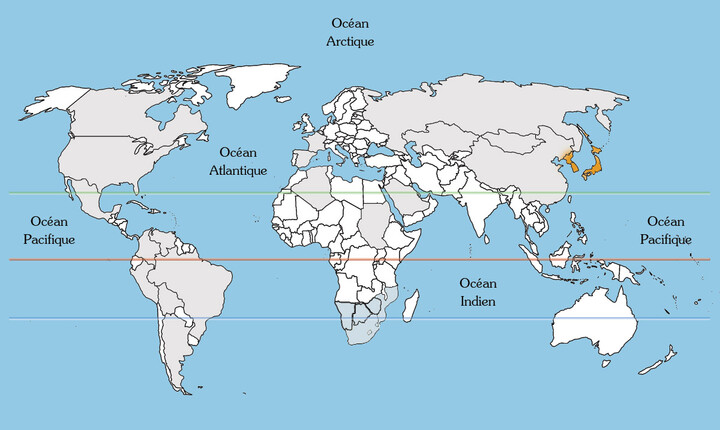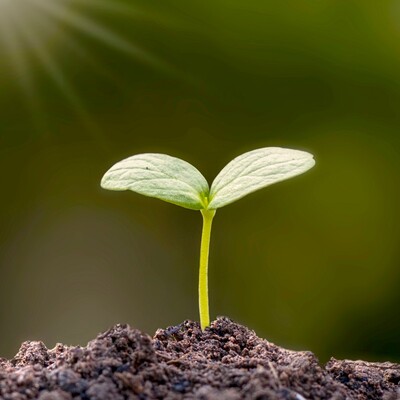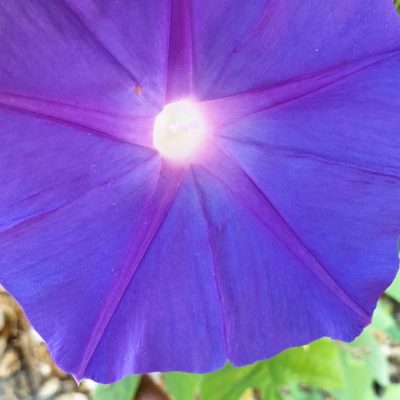Hydrangea
Presentation
The timeless charm of Hydrangea
A gardener’s favourite the world over, Hydrangea – also referred to by its Latin name Hydrangea macrophylla – is reputed for its spectacular blooms and variety of colours. Native to Eastern Asia, this flowering plant has dazzled gardening enthusiasts for centuries and continues to mesmerize with its timeless elegance. We are particularly fond of its generous and colourful blooms here at our four-star campsite Les Jardins de La Pascalinette ® in the Var area, French Riviera-Côte d’Azur!
This gorgeous plant features an astonishing palette of colours, ranging from soft pink to deep blue and immaculate white. But what makes it even more special is its unique ability to change colour depending on the pH of the soil in which it is grown… A fascinating characteristic that promises to add a touch of mystery and wonder to every garden.
The Empress’s favourite flower
Similarly to the Queen Palm, it is said that Hydrangea was the favourite flower of Joséphine, the wife of Napoleon Bonaparte. The Empress was passionate about these exquisite flowers and grew them in abundance in the gardens of her home in Malmaison, near Paris. Her love for Hydrangeas is said to have helped popularize the plant across Europe in the early 19th century.
In addition to its aesthetic appeal, Hydrangea macrophylla is associated with various symbols and meanings. In the language of flowers, it is often synonymous with gratitude, grace and abundance. In some cultures, it is considered a lucky charm, bringing harmony and happiness to those who grow it.
Identity
| Latin name : | Hydrangea macrophylla |
|---|---|
| Family : | Hydrangeacées |
| Genus : | Hydrangea |
| Species : | Macrophylla |
| Color : | Blue, pink, white, mauve |
| Origin : | Japan |
| Foliage : | Deciduous |
| Port : | Perennial |
| Height : | 0.9 to 2 m |
| Flowering : | July to October |
Did you know?
In very acidic soils, its flowers are blue, in moderately acidic soils they are purple and in neutral soils they are pink!




